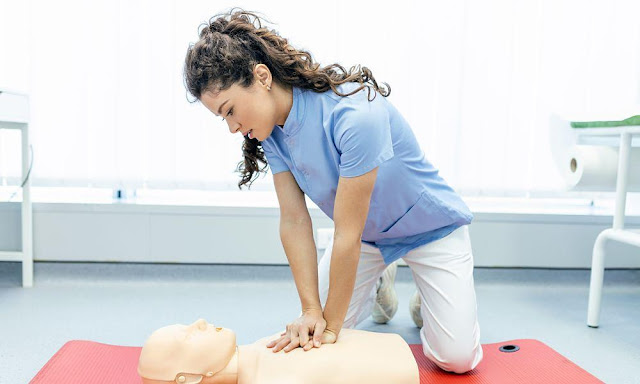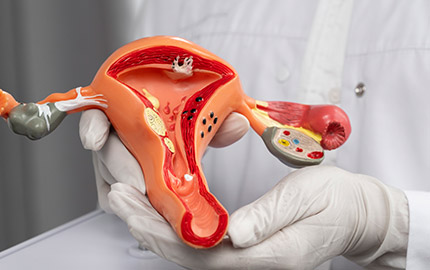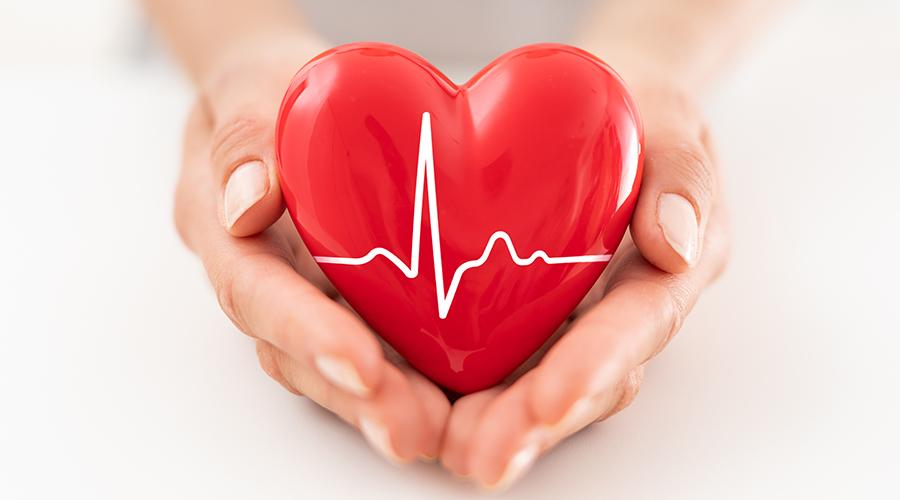The Lifesaving Power of Cardiopulmonary Resuscitation (CPR)
In the realm of emergency healthcare, few techniques are as pivotal as Cardiopulmonary Resuscitation, commonly known as CPR. This lifesaving procedure can be the critical difference between life and death in cases of cardiac arrest. Today, we’re going to break down the essentials of CPR, its significance, and how mastering this technique can empower you to save lives. For those seeking expert cardiovascular care, Intima Heart Care in Nagpur stands as a beacon of excellence and innovation.
What is CPR?
CPR is a first-aid emergency procedure performed when the heart stops beating. It involves chest compressions combined with artificial ventilation to manually preserve intact brain function until further measures are taken to restore spontaneous blood circulation and breathing in a person who is in cardiac arrest.
Why is CPR Important?
- Saves Lives: Immediate CPR can double or even triple a person’s chance of survival after cardiac arrest.
- Brain Protection: By maintaining blood flow to the brain and organs, CPR helps prevent brain damage during a cardiac emergency.
- Empowerment: Knowing CPR enables you to help others in need, making communities safer for everyone.
How to Perform CPR: A Simple Guide
1. Ensure Safety: Before administering CPR, ensure the scene is safe for you and the victim.
2. Check Responsiveness: Gently tap the person’s shoulder and shout, “Are you OK?” to check for responsiveness.
3. Call for Help: If there’s no response, call emergency services immediately or ask someone else to do so.
4. Administer Compressions: Place the heel of one hand on the center of the person’s chest, place your other hand on top, and press down hard and fast, at a rate of 100 to 120 compressions per minute.
5. Open the Airway: After 30 compressions, tilt the person’s head back and lift their chin to open the airway.
6. Provide Rescue Breaths: Pinch the nose shut, make a complete seal over the person’s mouth with yours, and blow to make the chest rise. Give two breaths, each lasting about one second.
7. Continue the Cycle: Keep repeating the cycles of 30 compressions and two breaths until help arrives or the person starts to breathe.
CPR Training: A Step Towards Saving Lives
While the above guide offers a basic overview, attending a CPR training course provides the hands-on experience and knowledge needed to perform CPR confidently and efficiently. Organizations worldwide offer certified courses that are accessible to everyone.
The Role of Professional Care After CPR
While CPR is a crucial immediate response, the care that follows is equally important. In cases where CPR is administered, professional cardiovascular assessment and treatment are vital to address the underlying issues and prevent future incidents. This is where specialized facilities, like Intima Heart Care in Nagpur, come into play.
Choose Excellence with Intima Heart Care
At Intima Heart Care, we’re dedicated to providing comprehensive cardiovascular services, from emergency interventions to advanced cardiovascular surgery. Our team of experts utilizes the latest technologies and treatments to ensure the best outcomes for our patients.
Protect Your Heart with Intima Heart Care
If you or your loved ones require expert cardiovascular care in Nagpur, look no further than Intima Heart Care in Nagpur. Our commitment to excellence, combined with a compassionate approach, ensures that you receive the care you deserve. Don’t wait for an emergency to think about heart health. Contact us today to learn more about our services and how we can help you maintain a healthy heart.
By embracing the knowledge of CPR and the expertise available at Intima Heart Care, you’re taking a significant step towards safeguarding not just your health but also the well-being of those around you. Remember, in the fight against cardiac arrest, knowledge, preparedness, and professional care are your best allies.



Comments
Post a Comment